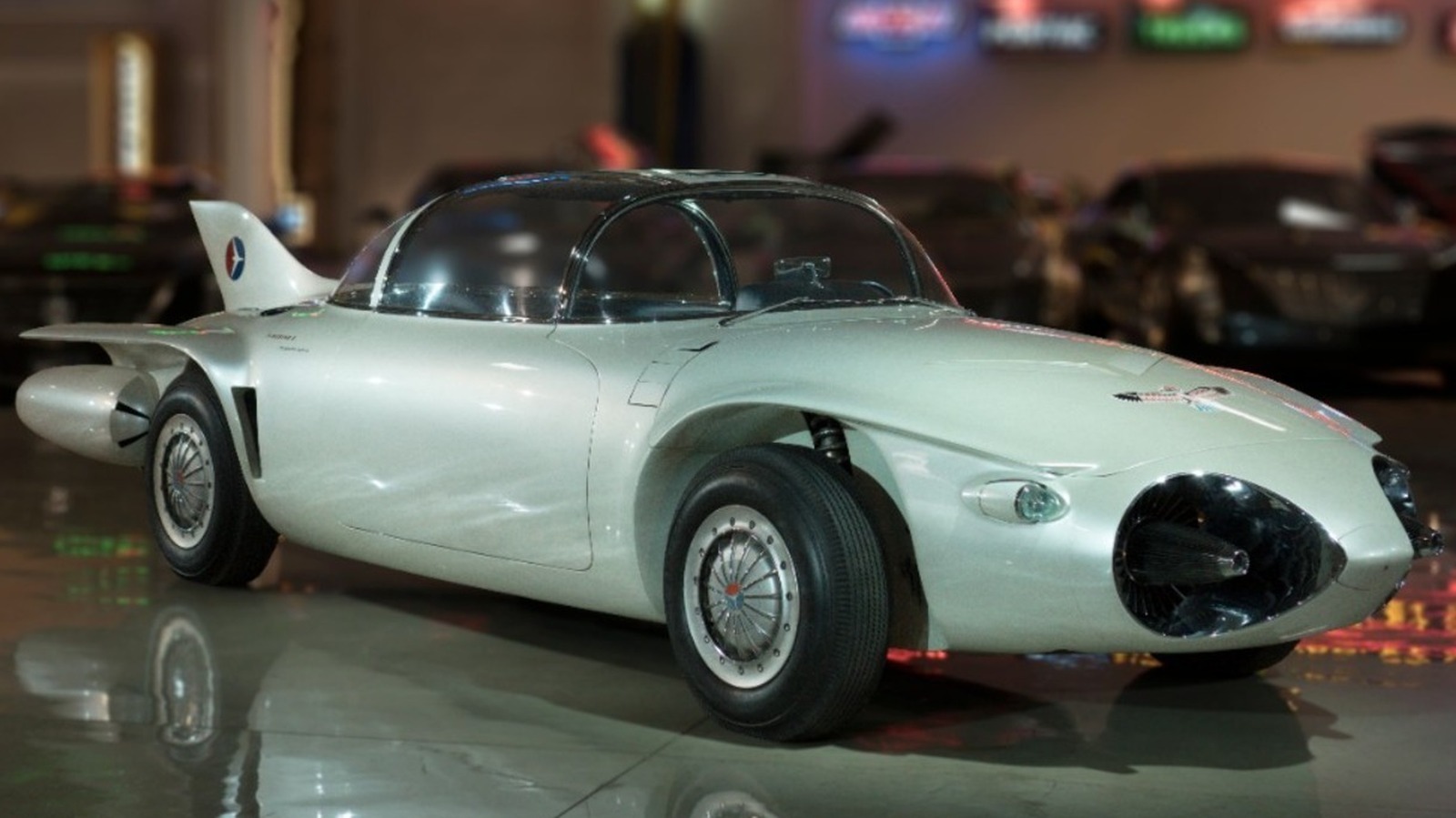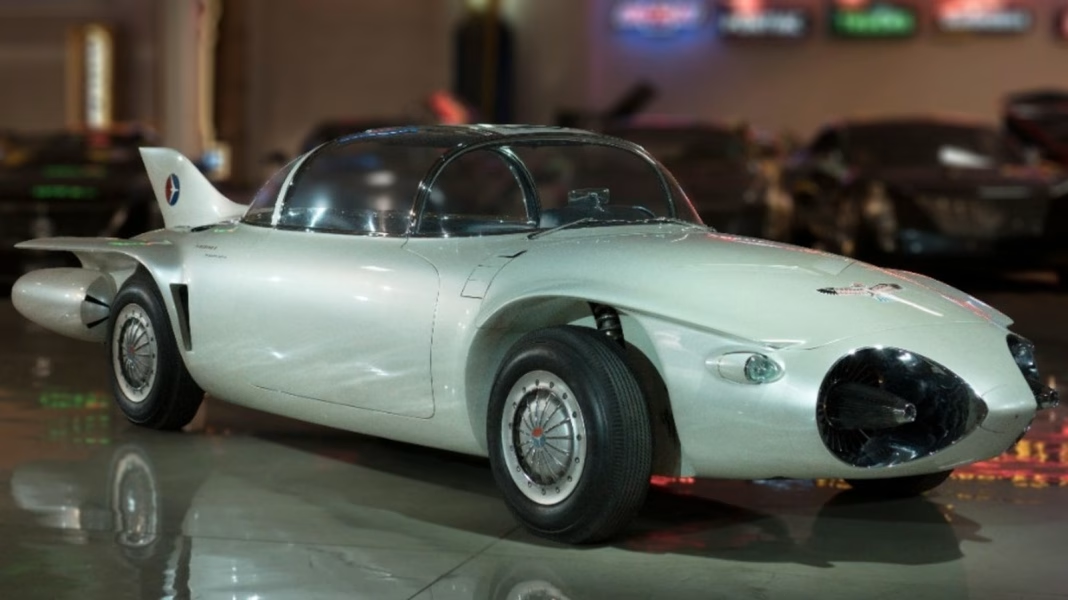How often have we heard something described as the “car of the future”? It’s a phrase that gets tossed around a lot, but back in 1956, General Motors unveiled a concept car that truly embodied that futuristic spirit: the GM Firebird II. This remarkable vehicle wasn’t just a pretty face; it was a glimpse into what automotive innovation could achieve.
What Made the GM Firebird II So Special?
The Firebird II was a striking departure from the cars of its time. With its sleek, aerodynamic design, it looked like something straight out of a sci-fi movie. The body was crafted from fiberglass, which was a relatively new material for cars back then, allowing for lighter weight and more creative shapes. Its design wasn’t just about aesthetics; it was about performance and efficiency, showcasing the forward-thinking mindset of GM engineers.
One of the standout features of the Firebird II was its turbine engine. This wasn’t just any engine—it could reach an astonishing 35,000 RPM. To put that into perspective, most conventional engines today max out around 6,000 to 7,000 RPM. This turbine technology hinted at a future where cars could run cleaner and more efficiently, a vision that resonates with today’s push for sustainable transportation.
How Did the Firebird II Influence Future Cars?
While the Firebird II never made it to production, its influence on automotive design and engineering is undeniable. It paved the way for future innovations in turbine technology and aerodynamic design. The concept of using alternative fuels and striving for greater efficiency is more relevant now than ever, especially as we face global challenges like climate change.
The Firebird II also introduced features that we now take for granted, such as a fully enclosed cockpit and advanced safety features. It was a precursor to modern concepts of driver comfort and safety, emphasizing the importance of the driver experience long before it became a standard in the industry.
What Can We Learn from the Firebird II Today?
The legacy of the GM Firebird II serves as a reminder that innovation often starts with bold ideas. In our current era, where electric and autonomous vehicles are becoming the norm, the spirit of the Firebird II lives on. It encourages us to think outside the box and embrace new technologies that can redefine our relationship with transportation.
Moreover, the Firebird II teaches us about the importance of vision in engineering. It’s not just about what’s possible today, but what could be possible tomorrow. As we look to the future, we should keep that same adventurous spirit alive, pushing boundaries and exploring new possibilities.
So, what’s the big takeaway? The GM Firebird II isn’t just a relic of the past; it’s a symbol of innovation and a reminder that the future of automotive design is limited only by our imagination. Embrace the spirit of creativity and exploration in your own life—who knows what groundbreaking ideas you might come up with? Start with one small change this week, and you might just find yourself on the path to something extraordinary by the end of the month.


